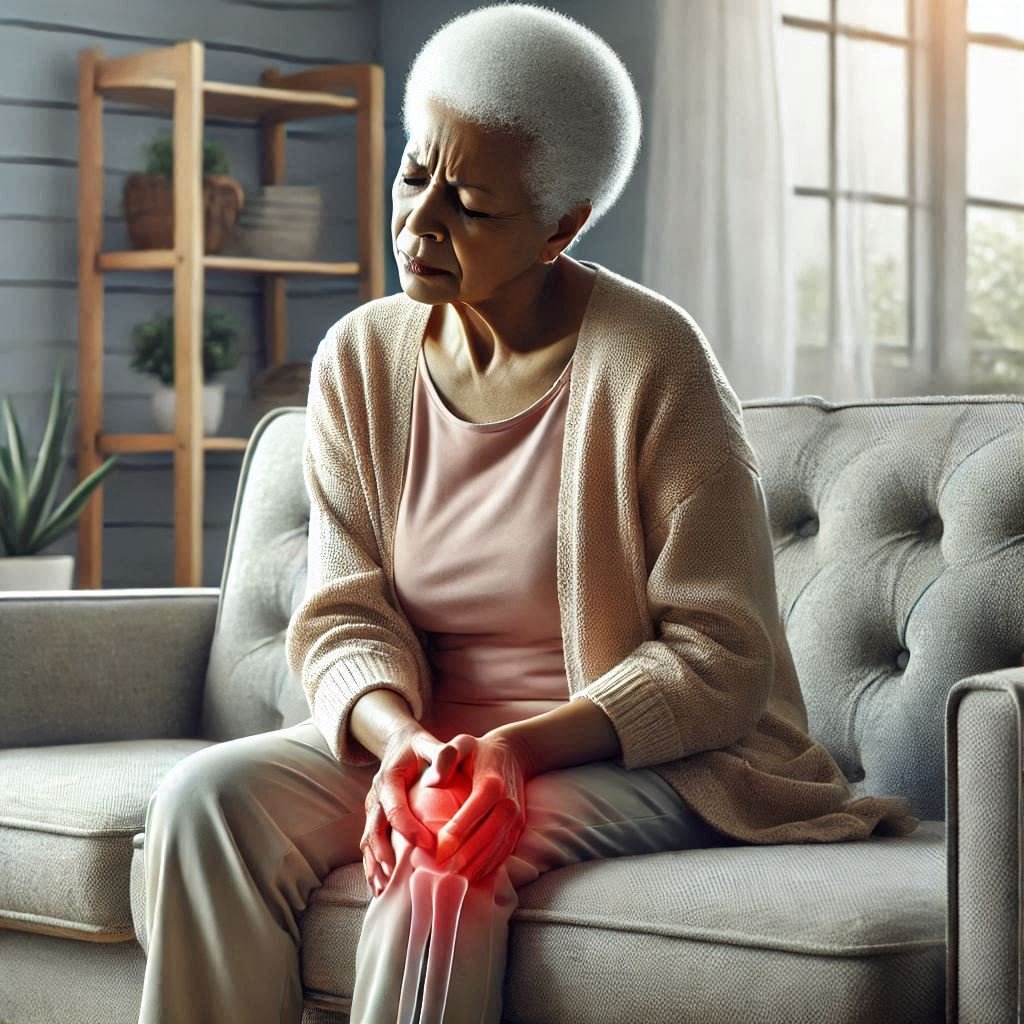
Knee pain is a common condition that affects individuals of all ages, ranging from young athletes to elderly individuals experiencing age-related degeneration. This discomfort can stem from various causes, such as arthritis, injury, or overuse, and it often impairs mobility and diminishes the quality of life. Addressing knee pain effectively requires a combination of strategies tailored to the underlying cause and the individual’s unique circumstances. Through proper care, individuals can significantly reduce pain and regain functionality in their daily lives.
It is crucial to understand that knee pain management does not rely solely on medication or surgical intervention. Non-invasive techniques, such as physical therapy, lifestyle adjustments, and the use of supportive devices, play an equally important role. By adopting a proactive approach to knee health, incorporating both preventive measures and targeted treatments, individuals can experience substantial improvement without the need for invasive procedures.
Engage in Targeted Physical Exercises
Regular physical exercise is one of the most effective methods for managing and reducing knee pain. Strengthening the muscles around the knee joint, particularly the quadriceps and hamstrings, provides enhanced stability and reduces stress on the joint itself. Low-impact exercises, such as swimming, cycling, or yoga, are excellent options for maintaining joint flexibility while avoiding excessive strain. These activities promote circulation, enhance range of motion, and improve overall joint health. Incorporating specific stretches designed to loosen tight muscles can also help alleviate discomfort and prevent further issues.
Consistency is key when it comes to exercising for knee health. Experts recommend performing a balanced routine several times a week, progressively increasing intensity under professional guidance. While engaging in these activities, it is important to pay attention to proper posture and technique to avoid further injury. Consulting with a physical therapist or fitness expert ensures that exercises are performed safely and effectively, maximizing their benefits for knee pain relief.
Adopt a Joint-Friendly Diet
Nutrition plays a critical role in managing knee pain, particularly for individuals dealing with inflammation-related conditions like arthritis. Consuming a diet rich in anti-inflammatory foods, such as fatty fish, leafy green vegetables, nuts, and whole grains, can help reduce swelling and alleviate discomfort. Omega-3 fatty acids, in particular, have been shown to decrease joint inflammation and improve overall joint function. Additionally, staying hydrated is essential, as adequate fluid levels maintain the cushioning properties of synovial fluid within the joint.
On the other hand, avoiding certain foods that exacerbate inflammation is equally important. Processed foods, sugary beverages, and excessive salt can contribute to joint pain and stiffness. Incorporating supplements, such as glucosamine and chondroitin, may also provide additional support for joint health, especially for individuals with degenerative conditions. By prioritizing a balanced and joint-friendly diet, individuals can complement their other pain management strategies effectively.
Utilize Supportive Tools and Devices
Supportive devices, such as knee braces, orthotic insoles, and compression wraps, can provide immediate relief and ongoing support for individuals experiencing knee pain. These tools work by stabilizing the joint, improving alignment, and reducing unnecessary pressure. For example, knee braces are particularly beneficial for athletes recovering from injuries, as they offer protection and facilitate a safe return to physical activity. Similarly, insoles designed for shock absorption help distribute weight evenly, alleviating strain on the knees during everyday movements.
Using such devices should always be accompanied by guidance from a healthcare professional to ensure proper fit and function. Over-reliance on support devices without addressing the root cause of the pain may lead to long-term dependency. However, when used appropriately, these tools can significantly enhance comfort, improve mobility, and allow individuals to engage more freely in their daily activities.




